Here and there… Now and back then
Reading Lucy’s blog made me reflect on a number of journeys and the stories behind them. When we first established Global Generation we had the hope that one day we would be able to employ the young people who had been through our programmes. We barely had a bank account in those days and it took a few years before we had the capacity to employ anybody. As Lucy describes we have now established a gradual pathway into employment for a number of our graduates, which we have all benefited from..
I knew Lucy when she was a new Generator with GG and I was one of the two joint Directors. Five years later I had the privilege of working closely with her when she took on the mantle of being an action researcher, which resulted in her creating a series of short films about Dr Jane Myat and her community work in and around the Listening Space Garden which sits at the heart of the Caversham Medical Centre in Kentish Town.
Like Lucy, like many children, especially those of us that grew up on Islands, I have memories of water. Memories of being called into the unknown and also dangerous depths of water and memories of water which formed the here and there places that have shaped my life. For my first eleven years I lived in a big black house on the side of Wellington harbour; a place where the green mantle of the bush clad hills stretches down to the sea. I loved the harbour and felt that perhaps something special must live there. Years later I came across a children’s book by Moira Wairama. She tells the Māori story of two taniwha (dragon-like monsters) that lived in a lagoon where the harbour is now. One of the taniwha, Ngake, drawn by the sound of the crashing waves, devised a plan to create an opening to the sea. He swam to the landward side of the lagoon, to the spot where my forebears arrived on a fleet of five sailing ships that entered the harbour in 1840.
My ancestors had left an England recently fenced by the enclosures. It seems most likely to have been the underhand and to some extent unfounded promises, of towering trees, fertile and supposedly available land, that fuelled an eagerness for them like many other colonists to undertake a four month hellish sea voyage, towards lands they had never seen. Ngake was also determined to find a new and more prosperous life, no matter what might become of him or others in his wake. He spiralled his tail up tightly like a spring and launched himself into the air. His hurtling body smashed against the rocks on the far side of the lagoon turning it into the harbour we know today. Battered, bleeding and bruised, that energetic Taniwha swam free out into the limitless sea.
I grew up with exciting stories of ‘overseas’ and looked forward to the time when I would be old enough to make the journey there. I envisaged the London of the monopoly board; rows of houses and hotels, black taxi cabs, shiney double decker buses. I never imagined I would one day find the Taniwha of Māori mythology there. During the height of the Covid Pandemic Jane Myat and I went on Story Walks with her patients which took us through St Pancras Churchyard. We soon became fascinated by the sacred and sad history of the River Fleet. We spoke of the times when legends and dragons were felt to be true and imagined a dragon living in the Fleet’s murky and now hidden waters. We wondered what would happen if that dragon would re-appear. Might she fly to the top of St Pancras tower? Might she look out and cry and cry for all that was lost? In her tears might the light come through and 'glisten' into a special kind of light with the power to draw people together in a rising river of hope.
Like the spiral moves that often appear in Māori mythology I have returned back to the beginning. Early this year my husband Rod Sugden and I moved to the country we now call Aotearoa New Zealand. We live on family land, in a valley called the Wairarapa, which means glistening waters. Named because a chief, Haunuinanaia, journeying into the Valley, stopped at the top of mountains which he named the Remutakas. The name reflects the fact that he sat down and he looked out. Sadness overwhelmed his stop and he cried for the wife he had lost. The light made his tears glisten. These days only a few signs of how the valley would have been in the time of Hounuinanaia remain. The land, once swamp, was drained and fenced for farming by the European settlers. Now together with my two sisters, Liz and Lucy, Rod and I are at the start of a long journey. We travel with the question, what might it mean to give the land back to itself? It is a long slow conversation with the river, the land. Ra Smith, the local Kaumata (elder for the River) has described our early contributions as Mauri oho, which means Awakening the Life Force. We ask as respectfully as we can with our limited understanding, how might we help the water once again braid itself back into the land? How might we develop public access and enable the trees of the forest that once lived here, return ?
It’s important to honour origins and roots as a living foundation from which myths can morph and change according to how they are needed. As I see the Taniwha re-weave into new contexts on the other side of the world, I think of Jane Myat who recently described mythology as a kind of safety net in which to make sense of the light and dark of our world. Lucy describes how the spirit of Taniwha gave her a sense of hope and vitality. She writes of stories being “a magical way of weaving imagination and perspective into any given topic” and how stories can convey connection between all beings. We live in a woven universe and a relational world in which we influence each other. Just as Lucy was inspired by the children during the GG Summer School, I am inspired by young adults like Lucy who hold sparks of possibility for how the future might be.
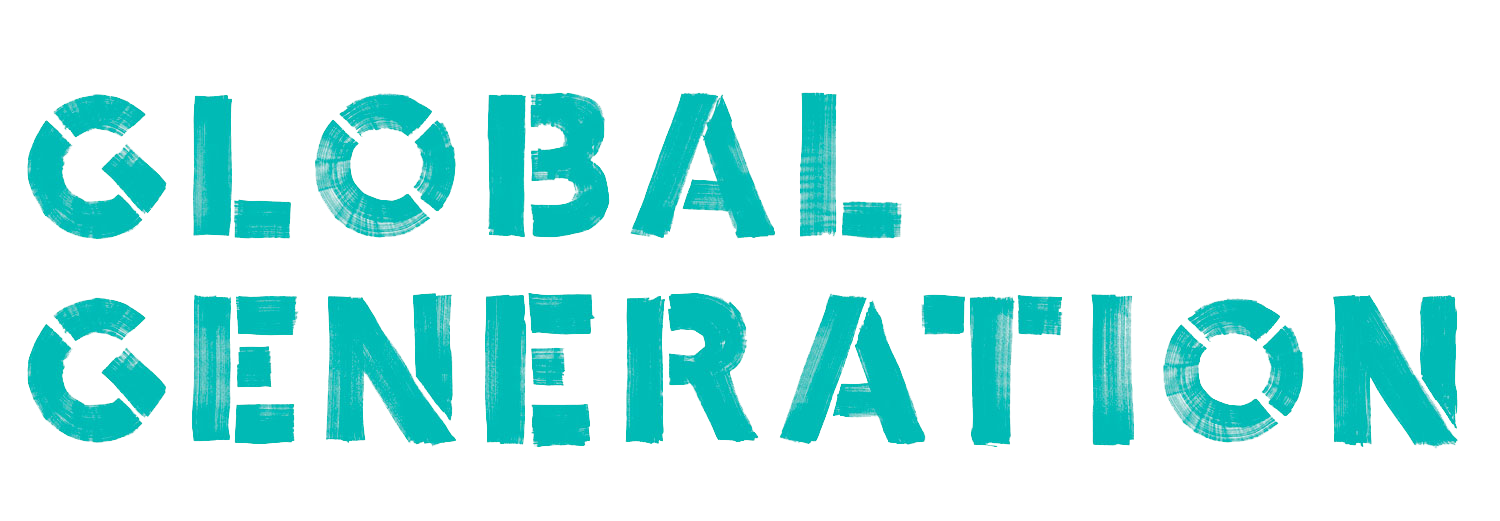
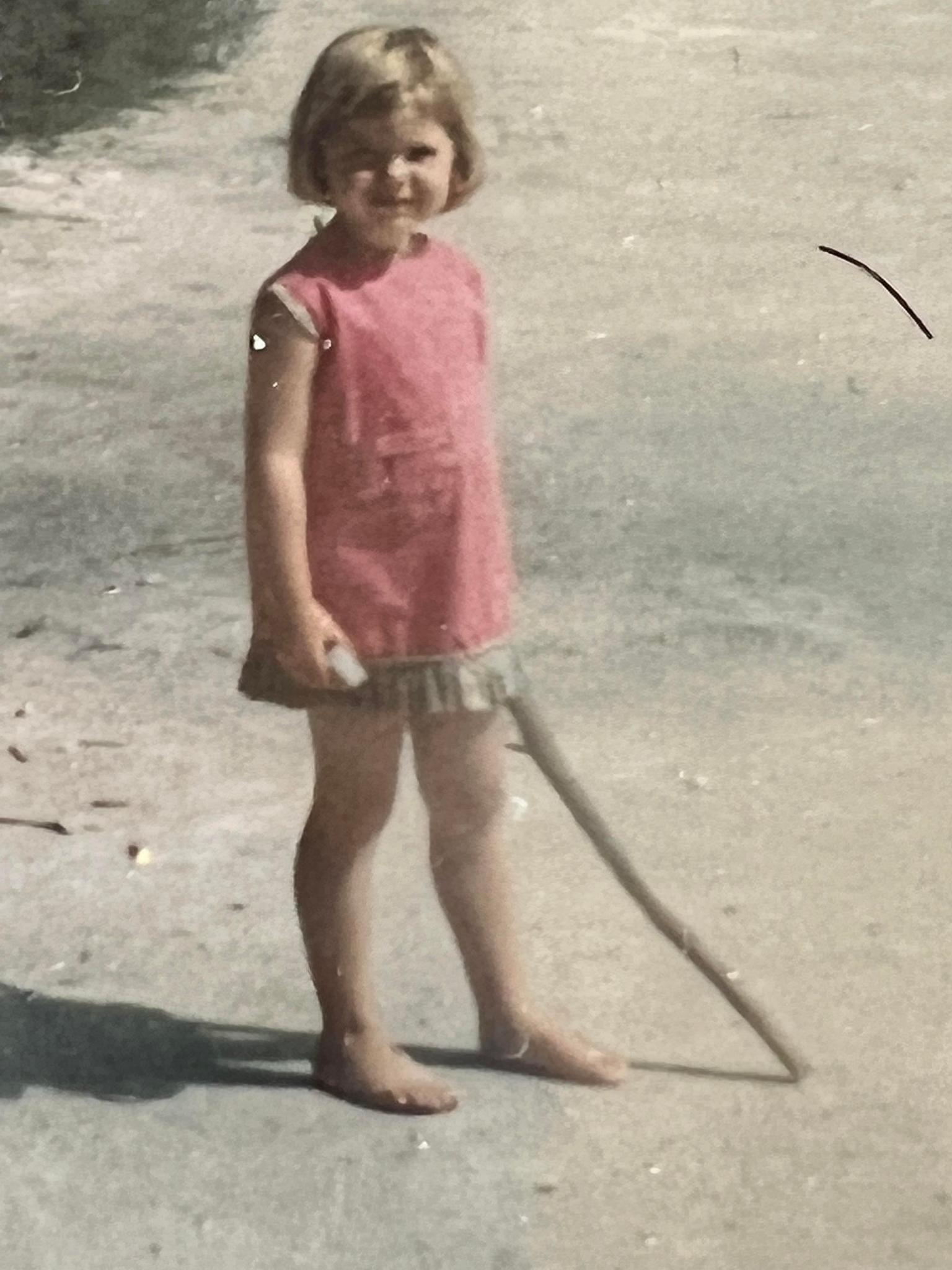
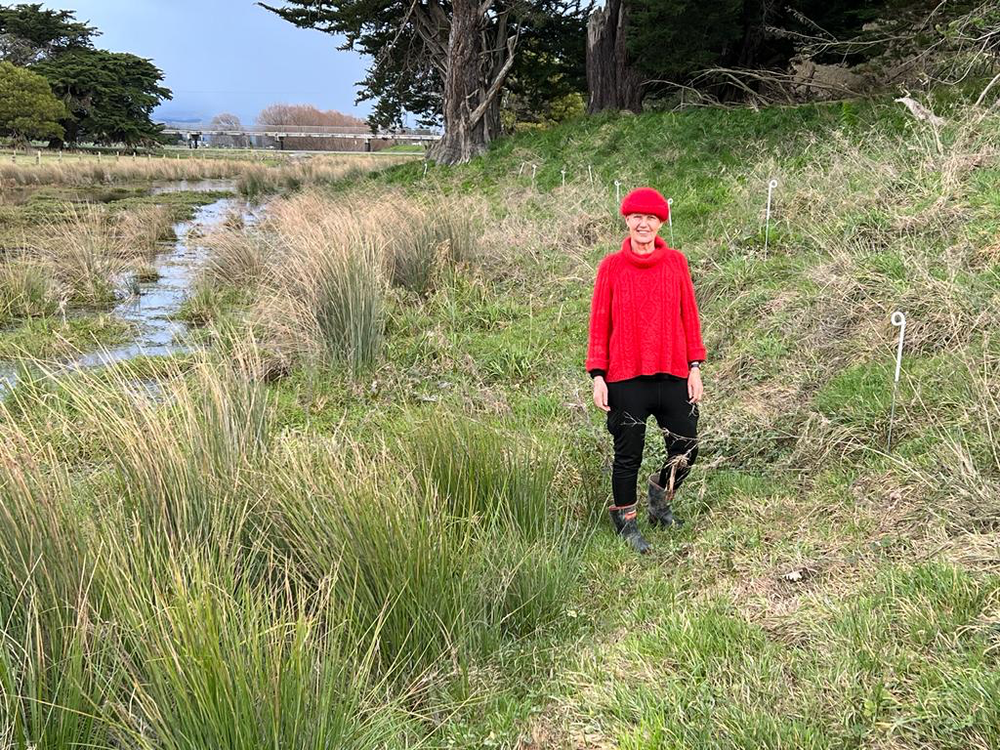
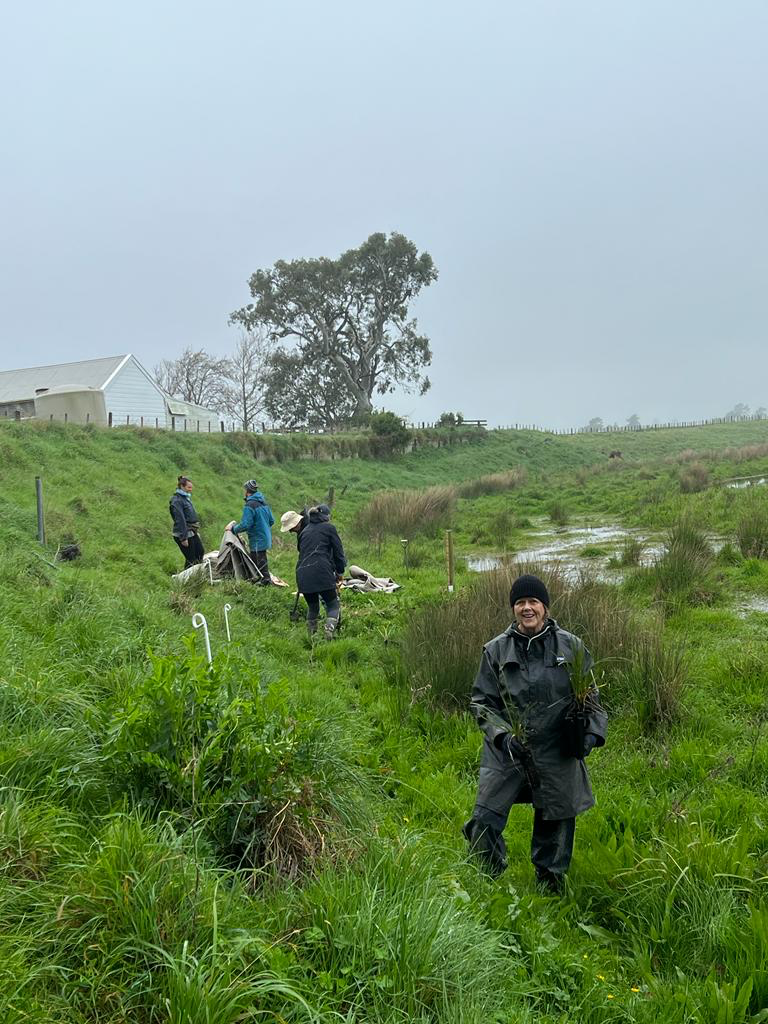
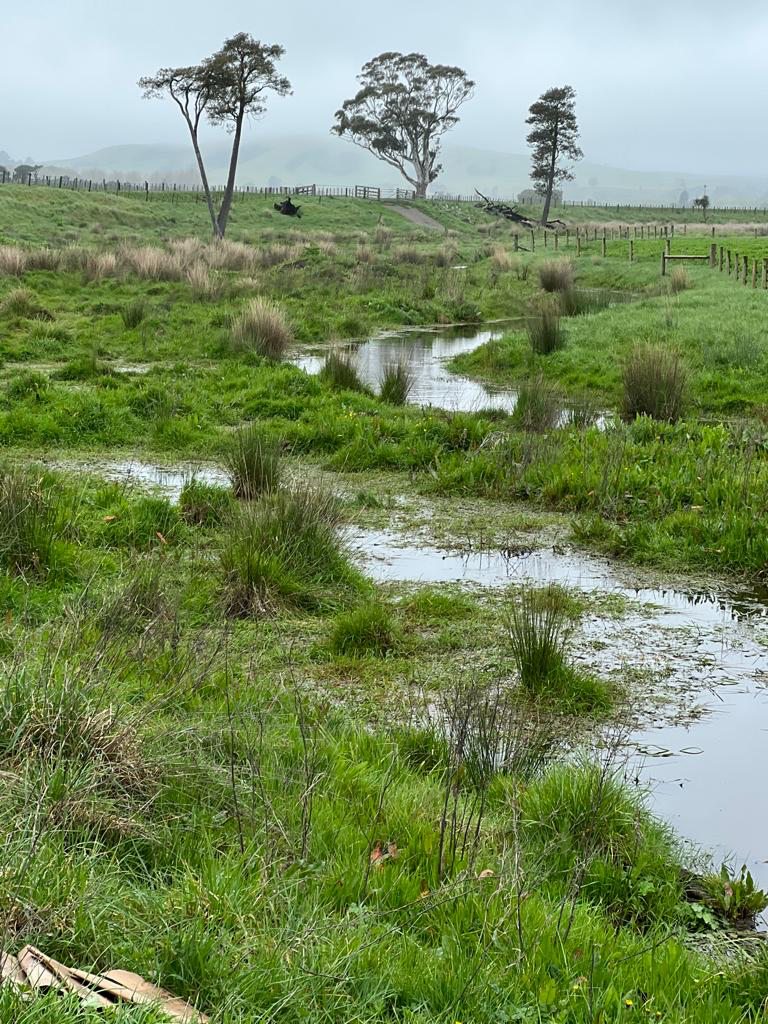


I wake to a bright crisp winter’s day. Finally … after weeks of storms ravaging the country.
As the year ends we are reminded of the magic and beauty that our gardens bring, as places to come together and celebrate, even in difficult times. This year it has been challenging not to be taken over by fear and despair, with extreme weather events being mirrored in different ways across the world, from floods to droughts; with the most recent political events; with wars destroying land and displacing entire populations; and with the constant increase in the cost of living creating ever more inequalities between those that have and those that do not.